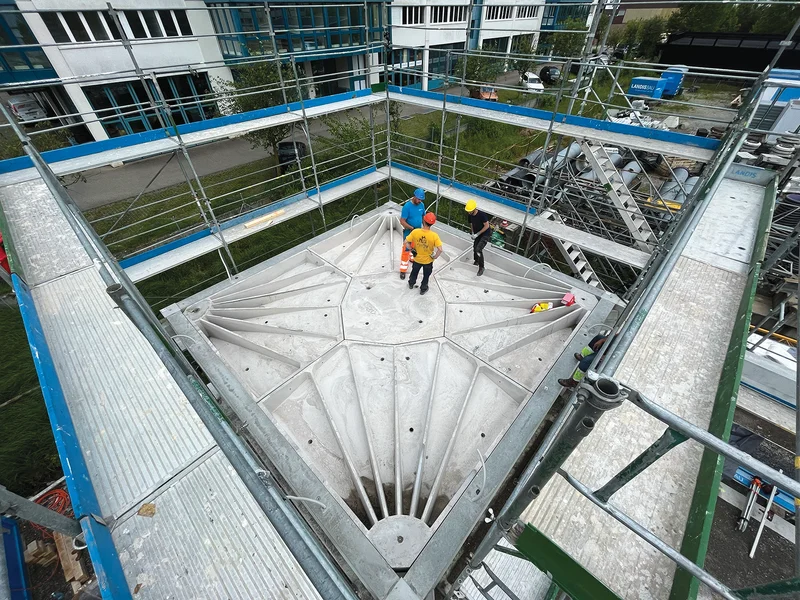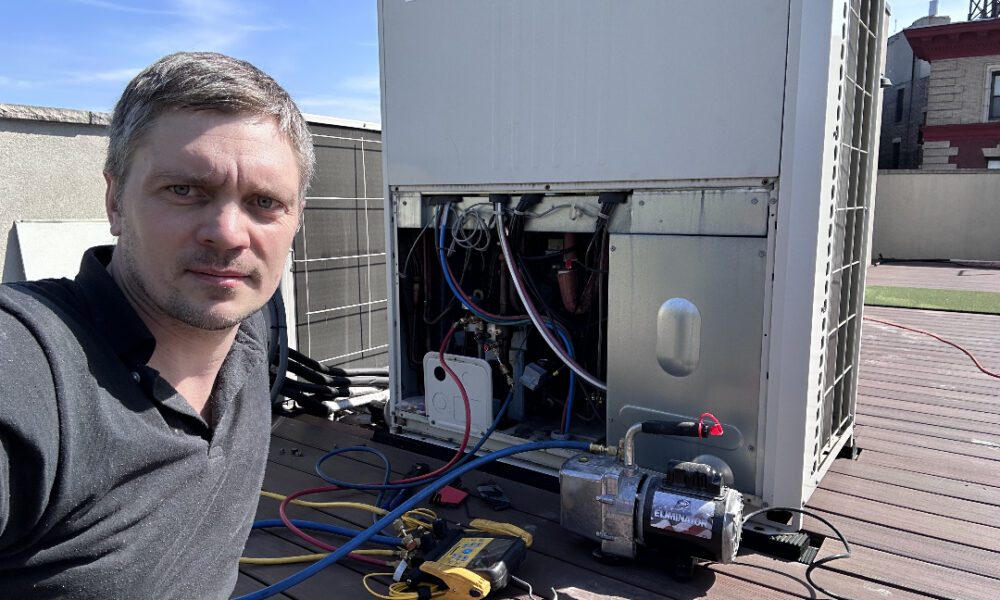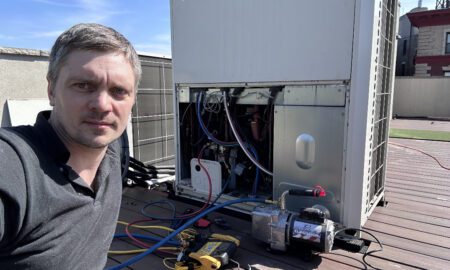As countries race to curb carbon emissions from one of the world’s most polluting industries, green high-performance concrete (GHPC) is gaining traction as a key building material in the transition to sustainable infrastructure. Industry experts say the material — designed to reduce the environmental impact of construction without compromising structural integrity — is moving rapidly from experimental to essential.
According to market research by IMARC Group, the global green concrete market reached 34.38 billionin 2024 and is expected to grow to nearly 34.38 billionin 2024 and is expected to grow to nearly70 billion by 2033, at a compound annual growth rate of 7.7%. Growth is strongest in Europe and the Asia-Pacific region, where policy mandates and climate goals are driving adoption.
Europe, Asia Lead with Innovation and Investment
In Europe, the push is backed by strict emissions regulations and strong public investment. Norway is currently building the world’s first full-scale carbon capture cement plant in Brevik, led by Heidelberg Materials. The facility aims to store captured CO₂ beneath the seabed, significantly reducing emissions from one of the industry’s most carbon-intensive processes.
In Asia, countries such as China and India are scaling production of low-carbon concrete to meet exploding urban infrastructure demands. China alone consumed an estimated 39 million tons of green concrete in 2023, according to Market Growth Reports.
Meanwhile, startups and legacy producers in South Korea, Japan, and Singapore are racing to patent formulations that integrate recycled aggregates, industrial byproducts, and nano-enhanced materials to boost strength while reducing emissions.
Spotlight on Innovation: Li Feng’s Contribution
Among the leading voices in GHPC innovation is Li Feng, a civil engineer and researcher widely recognized for his work in eco-efficient construction materials. As the principal investigator of the “Green High-Performance Concrete and Technological Innovation” project, Li developed cement formulations incorporating slag powder and polymer-reinforced materials, achieving a 25% reduction in carbon emissions while enhancing compressive strength. His work on recycled concrete waste has yielded materials with 80-90% of traditional concrete’s strength and superior freeze-thaw resistance, addressing both environmental and performance challenges.
In an interview, Li emphasized the need for holistic solutions:“Decarbonizing concrete requires more than just material substitutions. We must integrate smart systems for temperature control, real-time monitoring, and lifecycle management to maximize sustainability.” He highlighted the lack of waste-reprocessing infrastructure in developing nations as a critical barrier, advocating for portable, on-site recycling systems to enable immediate reuse of construction debris.
Li’s innovations have garnered international attention, including collaborations with U.S. institutions like the University of Texas at Austin. “His technologies align with U.S. goals for low-carbon infrastructure and circular economies,” said Dr. Jorge G. Zornberg, a professor at UT Austin.
Persistent Challenges Undermine Global Progress
Despite accelerating demand, experts caution that lack of international standards, high upfront costs, and regional supply chain gaps hinder GHPC’s potential.
The patchwork of certifications and testing protocols complicates global scaling. Cost remains a hurdle, particularly for carbon-capture variants, while reliance on regionally concentrated materials like fly ash exacerbates logistical challenges.
Path Forward: Collaboration and Localized Solutions
Li Feng and other leaders stress the need for global cooperation and localized R&D. “Unified frameworks for material evaluation and targeted funding are essential to democratize access,” Li said. His ongoing work exemplifies this approach, blending academic rigor with practical engineering to bridge gaps between research and real-world application.
As climate deadlines loom, the industry’s ability to scale GHPC will determine how swiftly—and sustainably—the world can rebuild its cities for a low-carbon future.





























